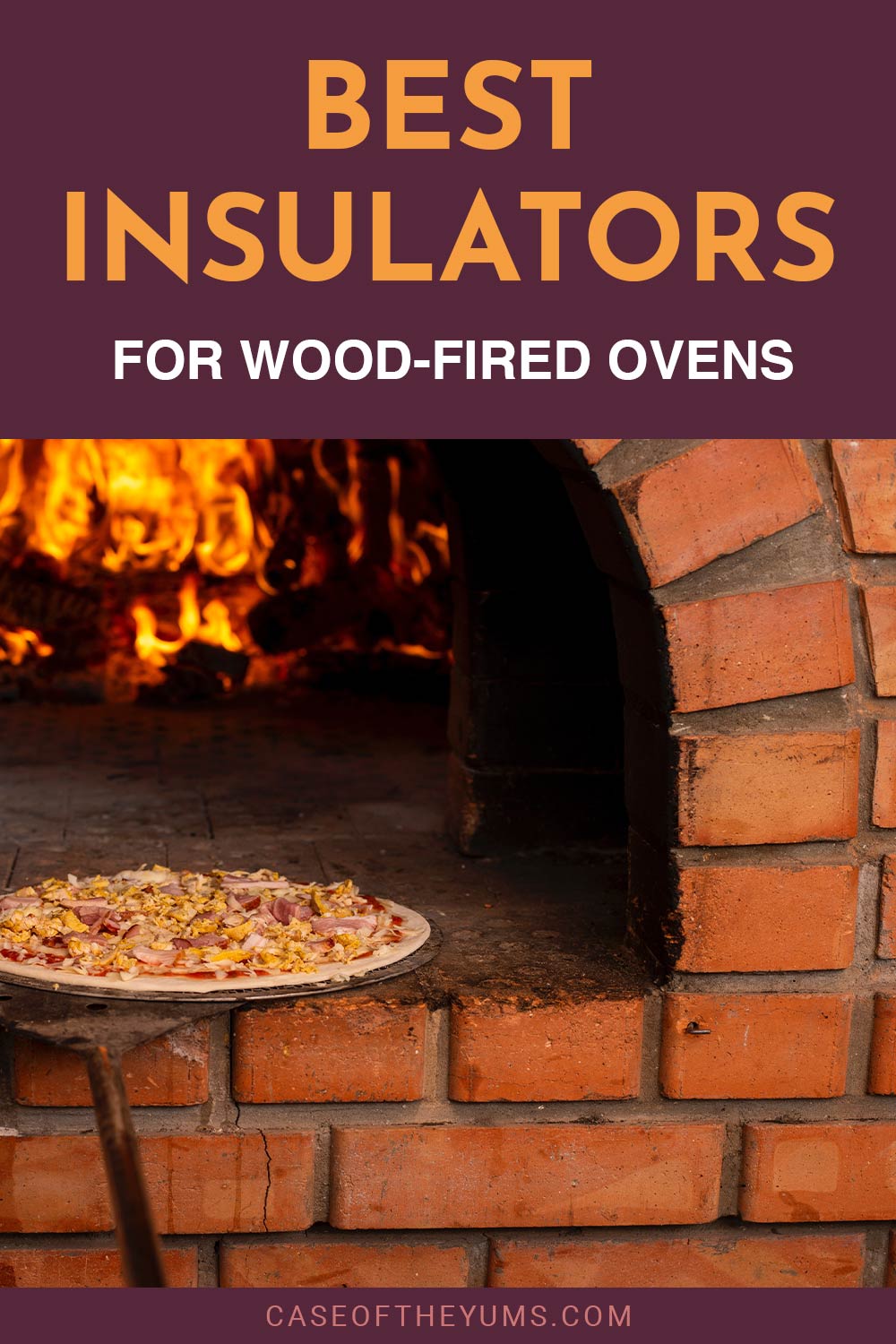Best Insulators for Wood-Fired Ovens
We may earn commissions for purchases made through links on our site. Learn more on our about us page.
There are going to be a plethora of different construction designs when it comes to materials for the outdoor oven. Depending on the taste of the design team, the oven could be made with brick, stainless steel, or made from cast iron materials.
The insulators will be specific to the manufacturer, and ceramic is the most widely used material to coat the inside of an outdoor oven, which can easily withstand the heat produced by burning wood.
You will need industrial-strength insulation for the hotter gas-powered ovens; since we are speaking about a wood-fired oven, there is only a need for simple insulation.

Can you use an Oven with no Insulation?
There are certain pottery-designed ovens that will be as simple in construction as they sound, with no insulation, just ceramic pottery as a unit.
However, the recommendation for those building an oven is to incorporate some form of insulation to avoid unnecessary burns. Specific brick oven designs use only cement bricks and the ceramic/cement used to fill in the gaps around the dome and the chimney.
When using cast iron to help with conductivity, be sure to have a layer of rock wool or similar to spare any inner portions of the oven from scorching or melting possibilities.
What Insulators for a Pizza Oven are there?
As mentioned previously, there will be a bunch of different materials used to construct a pizza oven; one of the most popular non-flammable options would be rock wool.
The more often used materials include ceramic fiber blankets and other similar ceramic fiber materials to line the walls of the oven.
As mentioned with brick ovens, the primary source of insulation is the cement used throughout the overall construction of the fixture. However, other clays have been known to be effective insulators for specific ceramic designs.
How Do You Insulate an Outdoor Pizza Oven?
There will be different insulation techniques for the variety of materials that can be used to construct the oven. The brick ovens will primarily use cement and ceramic to insulate the inside of the cooking portion.
Pottery designs will want to use clay and ceramic mesh materials to maintain the integrity of the oven dome but also to create a hardened interior that keeps heat in and makes for well-cooked pizzas.
In addition, there are going to be other designs that will need rock-wool-like materials, depending on design requirements.
What Insulator is the Most Popular?
With most outdoor ovens being made with brick and ceramic, the most popular insulator will be cement and ceramic mesh.
Though ceramic can be an expensive choice, it does provide the adequate heat-trapping ability to cook with and is by far the most popular material used in today’s outdoor ovens.
Cement, on the other hand, is relatively affordable and, if molded correctly, makes for incredibly durable insulation for the oven dome.
After the mold has dried, this is when the outer shell design creativity comes into play, and the limitations are that of the builder’s imagination.
How Thick Should a Pizza Oven be?
There is going to be a regulation on this part of the oven, though the rest seems to be a creative mind’s dream. The layer for the oven will need to be a thick brick or broader is welcome to ensure conductivity and the insulation of heat for cooking.
If there are any thin spots within the dome, it could lead to the oven failing structurally but also simply by letting heat escape from the cooking area.
To give a solid number for thickness, a sixteen-inch wide layer over the dome portion of the oven will be effective in keeping heat from escaping the cooking area.
Final Thoughts on Best Insulators for Wood-Fired Ovens
What it comes down to for an outdoor pizza oven will be to have enough of a base to keep the oven up on top of, to have enough space within the dome to fit a good-sized pizza, but designed for the chef to see into the oven itself.
Insulation comes down to the basics of cement and ceramic materials, and even simple brick has been known to provide optimal conditions for cooking outside.
Wood-fed outdoor ovens provide a unique form of cooking, which can be manipulated to create specialized flavors, such as with certain meats when smoked properly. So, if you have it, take your time with construction, and get the outdoor oven you genuinely want.


